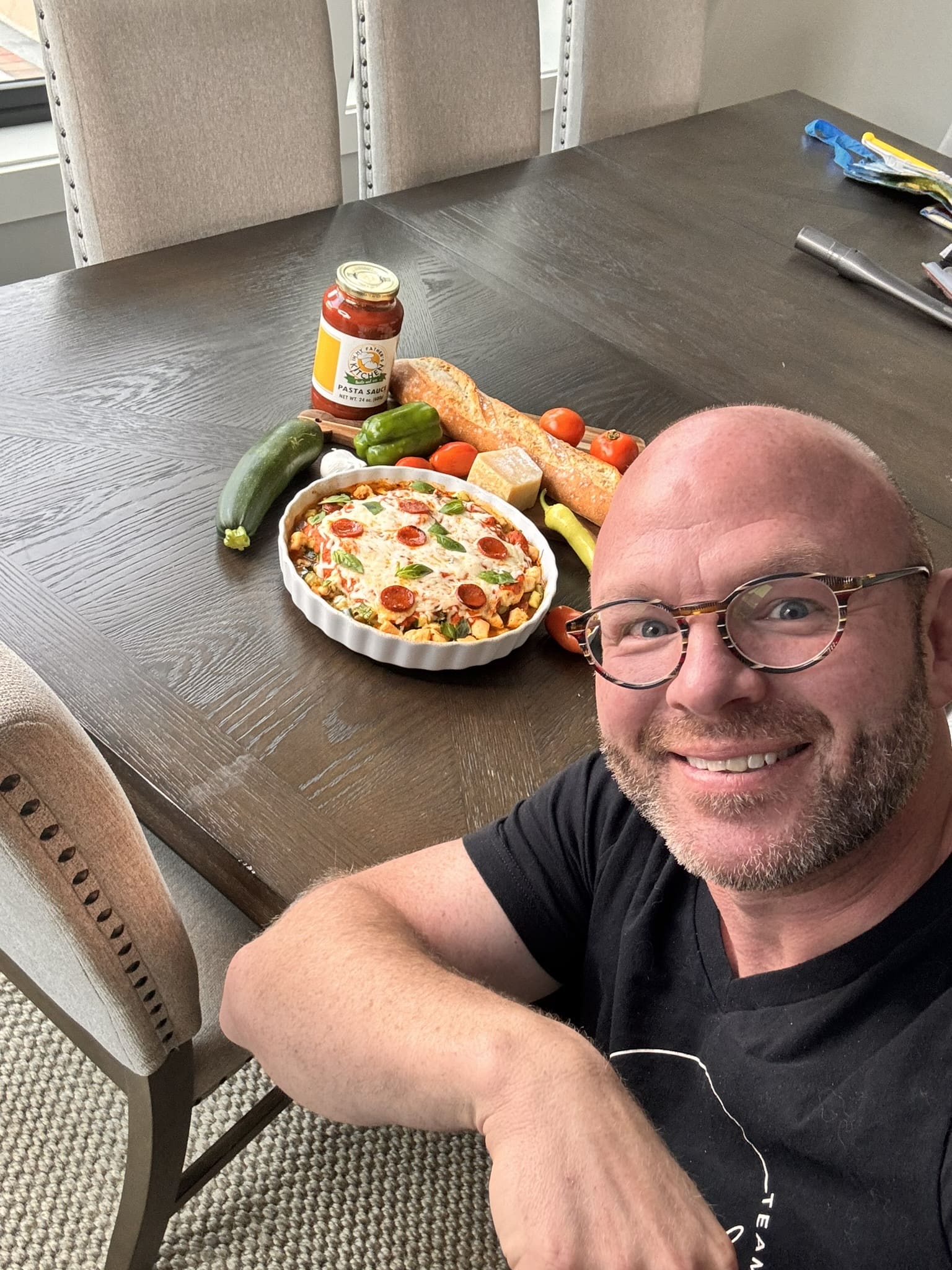Finding a Voice in Art
By Samantha Mendoza | Photography by Alexis Emm
In a small art studio at Syracuse University, Selma Selman is surrounded by powerful women. Their expressions are both worn and fierce, suggesting they’ve faced challenges in their lives, and have built up courage to overcome them.
These faces are made of paint and pastels, and stare back at Selma from the canvases she painted them on. These women shaped Selma to be the person she is today — an internationally-renowned artist with hopes of empowering young women to make their own decisions, just as these women have inspired her.
Though she is far from her native village in Bosnia, Selma can still hear the voices of these women, as though they’re speaking through the paintings.
She points to a work hung on the wall beside her, titled “Do Not Be Like Me.” The image portrays two women standing side by side wearing similar clothes, but different expressions.
“It’s the story of my mother,” Selma explained. “She grew up in Kosovo, was married at age 12, gave birth at age 13 and had five kids. She would always tell me to never be like her. And when I look at this painting, I remember that I want to educate myself and do everything I can to help her. She made me who I am.”
Selma’s mother’s story is not uncommon in what is now known as “former Yugoslavia” where Selma grew up. Arranged marriages are still routine and sometimes decided when girls are as young as 3. Women are typically confined to dutifully fulfilling strict gender roles, requiring them to honor in-laws and care for spouses.
Selma always knew this was not the life for her.
“I have three sisters who are all in arranged marriages, and sometimes they feel that they don’t have freedom,” Selma said. “I was the only one who kind of escaped and fought that, because I realized that something needs to be changed.”
Selma has spent her life defying society’s expectations, both as a woman and as a Roma, one of the most marginalized minority groups in Eastern Europe. The Roma people often face poverty, social exclusion and lack of access to education. Selma recognized these issues within her community at a young age; but it wasn’t until she was older that she realized she would have to stand up for herself to access opportunities.
“When I was a child in school, I could never understand why I didn’t have any friends, because I considered myself a normal human being,” Selma said. “But when I grew up, I realized that I was different — not that I felt different, but that people could make me feel different.”
It was then that she discovered her passion for art. She began making friends by drawing pictures for her classmates. As she started receiving recognition for her talent from teachers and professors, she realized art could have the power to change not only her life, but the lives of others.
“I feel like as an artist, I have a mission. I really want girls and boys in my village to have an education, and I want marginalized people to get the freedom they deserve,” Selma said. “I feel like art is not only about the individual; it’s about advocacy.”
Selma’s talent gave her opportunities to travel the world, educating others about Roma marginalization through her works. When she was just 17, she was awarded a full scholarship to study art in a major city in Bosnia. At age 24, she received a Zvono award for best young artist in the country, an opportunity that allowed her to create and present a solo exhibit in New York City.
She has also received a grant to study in Budapest; has hosted an art performance in Croatia; plans to travel to Bihar, India, to facilitate workshops for marginalized young girls; and is currently earning a master’s degree in transmedia, visual and performing arts at Syracuse University.
She’s created exhibits and received awards across the globe. But still, her passion will always lie in helping the children in her small Bosnian village that made Selma who she is today.
“I feel the most successful when I go home to my village and the young girls run up to me and tell me, ‘Selma, I want to be like you when I grow up,’” she said. “That is my greatest success.”
Selma’s works tell stories of oppression and resistance; of discrimination and defiance; and of women who dared to break free from tradition. She uses her art to speak about issues like feminism, gender and stereotypes. With each piece she creates, she thinks of the women who have inspired her, and the women who are still finding their voices.
“My advice for every woman and girl is to never please someone. Please only yourself, because you are important,” Selma said. “Respect yourself and believe in yourself, because we can do anything we want. We can change the world if we want.” SWM
For more information on Selma and her works, visit selmaselman.mayfirst.org.





